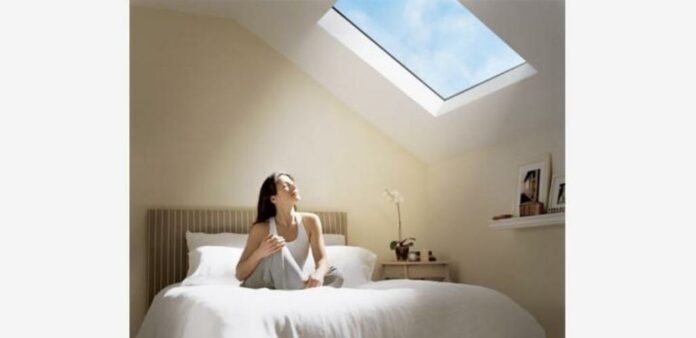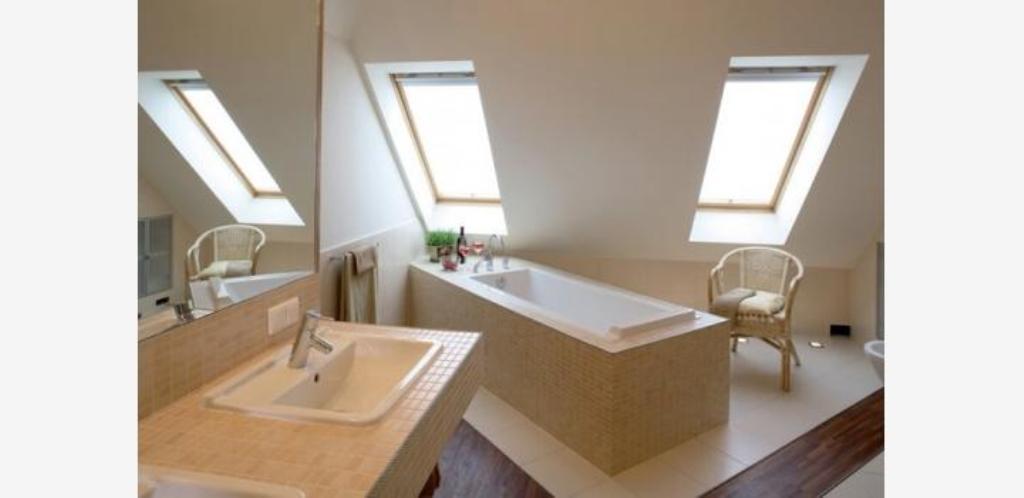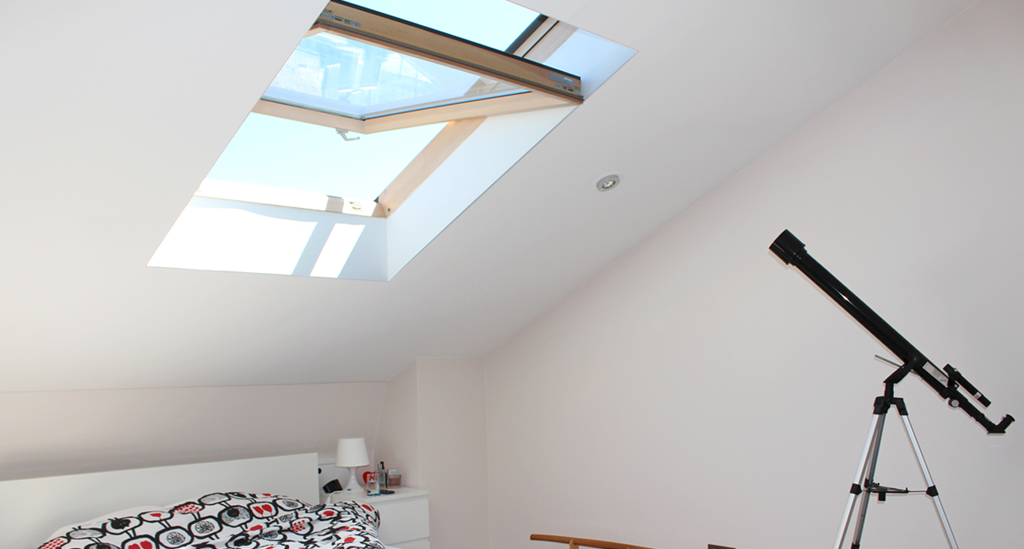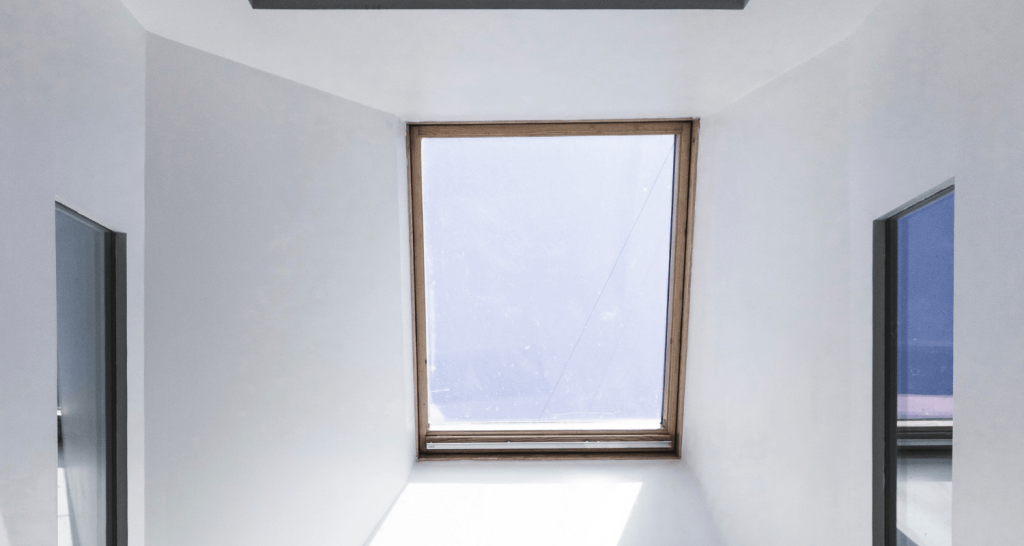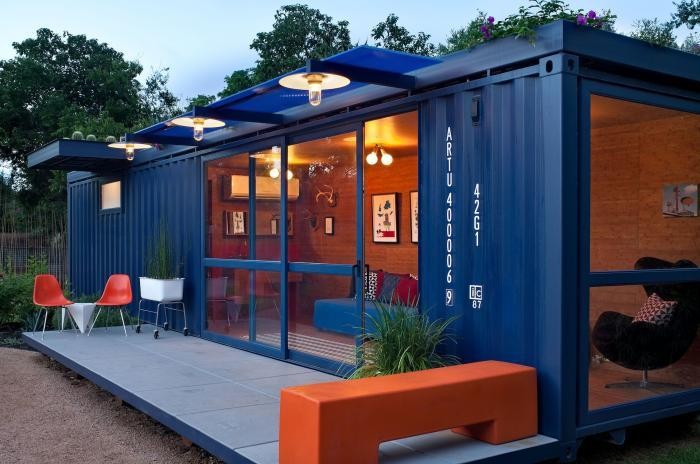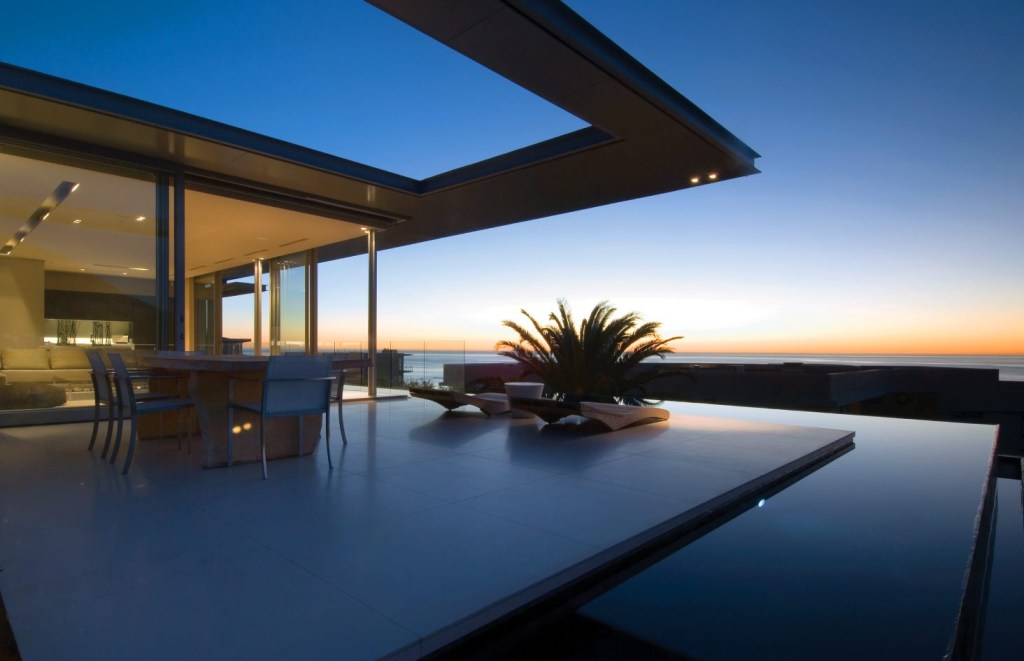There are so many architectural concepts today that are set to improve home and building designs. One of them is a skylight window. This refers to a window that’s set in the roof or ceiling. Because of its position, its purpose isn’t to give a view of the outside from the inside. Rather, it’s to bring in some natural light from the sun.
Skylights offer so many benefits to the home or building that it’s installed in. It goes beyond just the design aspect. It also serves a functional purpose as more light is able to enter the room.
Are you contemplating adding skylights in your building? It’s definitely a worthwhile investment. Skylights are an excellent source of natural light. And as such they’ll significantly improve the lighting in your home.
But improved lighting is not all they have to offer. Many homeowners appreciate them for their ability to instantly beautify a space and their cost-effectiveness make them smart options when shopping on a budget. Even though you can get them at minimal cost, they increase the overall value of your home.
We’re going to discuss how exactly skylights improve the lighting in a space. We’ll also outline the basic types available so you know which one to pick. Velux skylights are an example of a widely sought after brand of skylights. By reading this article, perhaps you could be even more convinced to include skylights in your next home renovation project.
Location is Important
For you to fully appreciate their functional purpose of skylights, you need to place them in rooms that don’t have much natural light. Ideally you must install skylights in rooms that face north for maximum operational efficiency.
A well-placed skylight can provide sufficient lighting to illuminate an entire room without the need for light bulbs or other lighting fixtures. Due to increased energy efficiency, you can expect a reduction in your monthly utility bill.
Generally, most homeowners install skylights in a hallway, in the living area, or even in a bathroom with a sloped ceiling. Some can even have the option of installing skypods in an entire space, such as the dining area, rather than a flat ceiling. As natural light enters the room freely, it makes the entire space look airier.
How Much Light do They Allow Into a Space?
The hype around the impressive performance of skylights is justified. They’re known to allow three times more natural light into a space than a vertical window of the same size would. This takes away a great deal of electricity consumption, particularly when you’re in the summer months, when the sun is at its brightest. It also helps make the room feel brighter, more refreshing and airy, as if you’re in a relaxing retreat.
Even Distribution
For a space to be fully illuminated, it must receive light in literally all corners of the room. Skylights are designed to offer exactly that; they evenly distribute light that enters a room. Not only is lighting dramatically improved, but even distribution of light in a room improves your visual comfort levels.
Excellent Substitute to Artificial Lighting
You often have those internal rooms in your home that don’t have windows but still need lighting and ventilation. While the typical solution would be to add artificial lighting, this isn’t necessarily the most effective. Skylights act as a better substitute to these supplementary artificial lighting fixtures.
Skylights allow additional flexibility to the existing architectural design. You can ensure the space receives the desired light without the need for artificial lighting.
Types of Skylights
As mentioned earlier, these skylights are available in different forms. And each type features a design that influences application and the manner in which light is allowed into a space.
Roof Windows
Roof windows are a common sight in attic rooms. But you can also place them in areas that have a flat ceiling. Most roof windows feature sealed double insulating glass units which are designed to minimize heat loss thereby maximizing natural light presence in a particular room. The fact that they can be opened also increases flow of light into a room.
Roof Lights
These light diffusing units feature top glazing which can either be clear, tinted or made of glass depending on your preference. They typically have a long white-coloured well and diffuser panel usually mounted at ceiling level.
By placing them on the ceiling, you allow maximum light to flow into the intended space.
Do you want them closed or open? You have the option of picking between a fixed or operable roof light with the latter designed for opening. They also come in different dimensions; simply pick the shape you prefer.
Tubular Lights
Tubular lights are also designed to minimize absolute heat loss while allowing natural light to flow into the room. This is mainly attributed to their unique design which comprises of a reflecting tube used to direct sunlight downwards.
These devices are more effective during daytime which is why they’re also referred to as tubular daylighting devices. They’re designed to capture direct-beam sunlight and transmit it down a reflective light well. This results in the light diffusing at ceiling level in all corners of the room.
These are the skylights to pick if you stay in areas with a high frequency of clear and sunny days. Not much light is admitted on a cloudy day with this light when compared to a conventional skylight.
It’s highly recommended that diffusers are fitted to these skylights to minimize the glare and distribute the light over a broad area.
Shape and Dimension
The shape and dimension of the skylight impacts the amount of light that can enter a room. Skylights with smaller cross-sectional areas will allow more natural light into a room. Longer tubes or shafts will transmit less light into a space.
External Factors
Apart from the sun’s position, the effectiveness of the skylights is also influenced by many other factors including:
- Changing seasons
- Level of air pollution caused by dust storms or bushfires
- Roofing material
These external factors are also important reasons why you have to ensure that you’re installing the skylights correctly. If possible, installations have to be done by a professional. That way, you know that the skylights are able to serve the purpose you intend them to have in your home. Plus, hiring professionals to install your skylights will lessen mistakes, such as your lights looking askew. Moreover, they can be susceptible to dust, so incorrect installation might make them much harder to clean.
Final Words
From the above, it’s clear how skylights are extremely effective at allowing natural light into a space—especially if there’s a clear sky. If you live in a place where you have access to a lot of sun during the day, then this should definitely be a welcome addition to your home. But it’s paramount to mention that admission of light into an area must be in moderation because excessive amounts can be harmful. If the area you live in doesn’t have trees to shade the skylights, it’s imperative that you consider solar control measures. One popular way is by glazing the skylights. Glazing is designed to reduce—or block—light transfer depending on the sun’s angle. Whichever skylight you pick, make sure that it not only improves your building lighting, but is also a safe option. Nevertheless, a skylight is always a nice feature to have in a building or home. You just have to make sure that it’s positioned and installed correctly.

